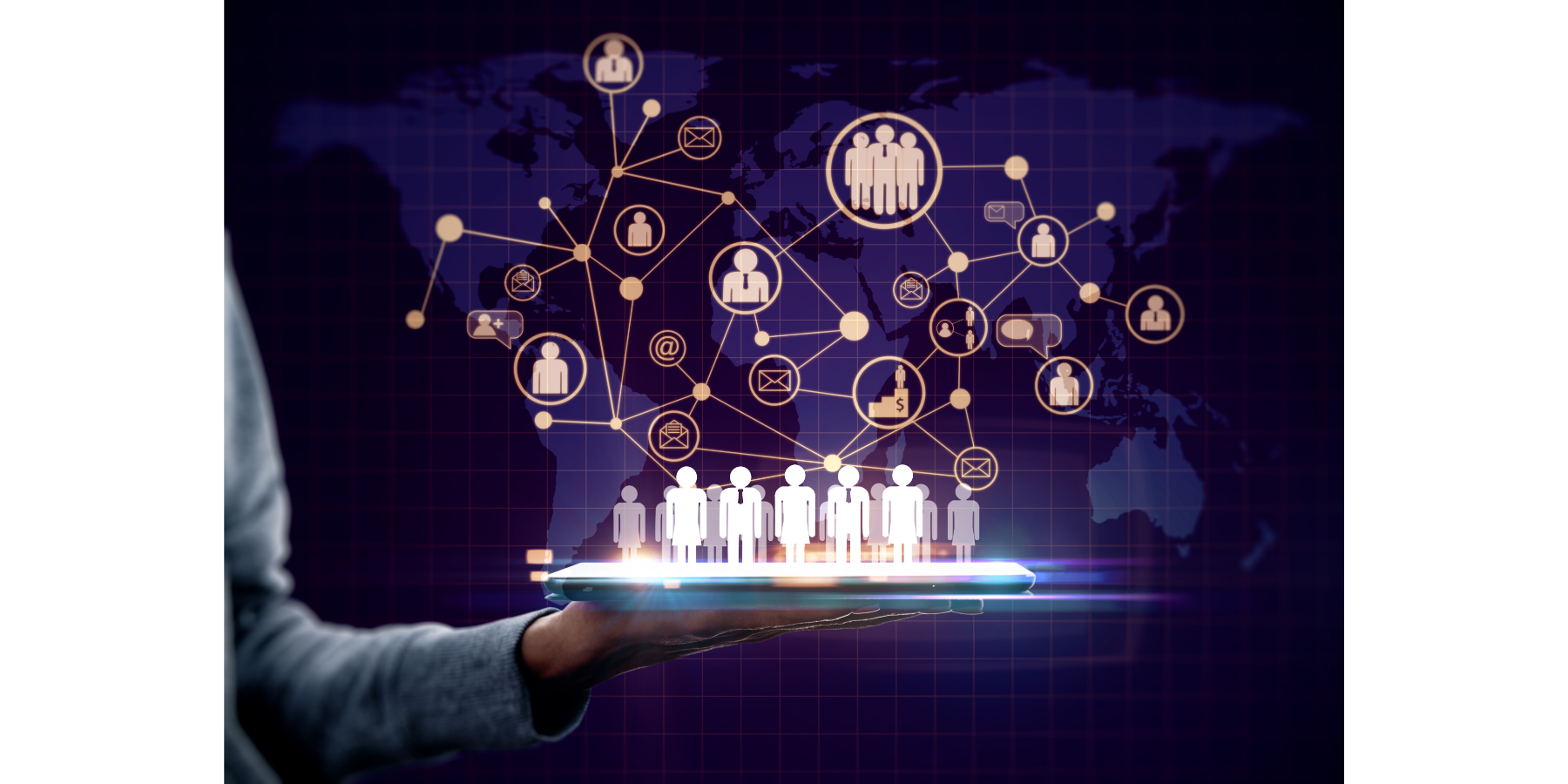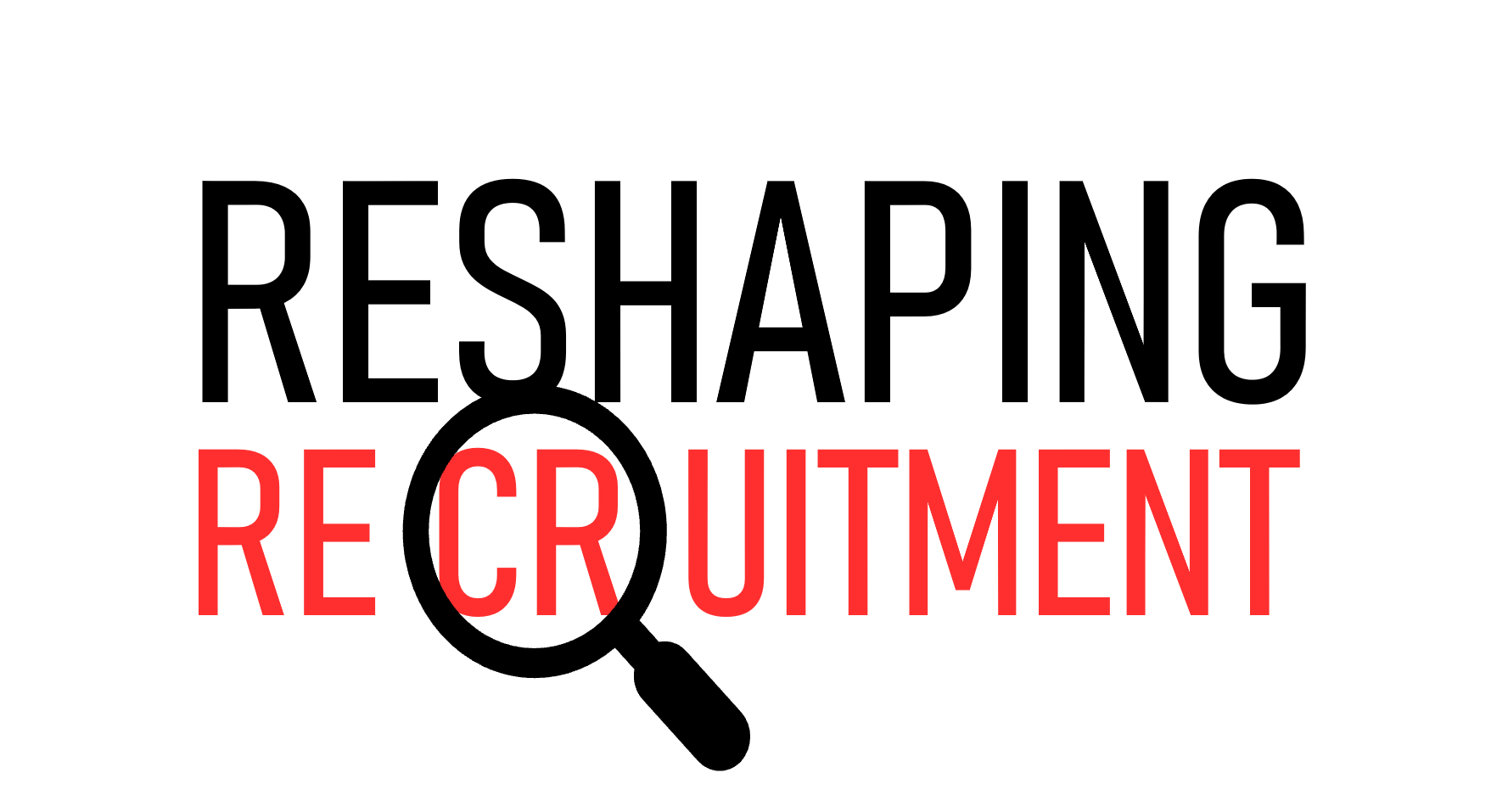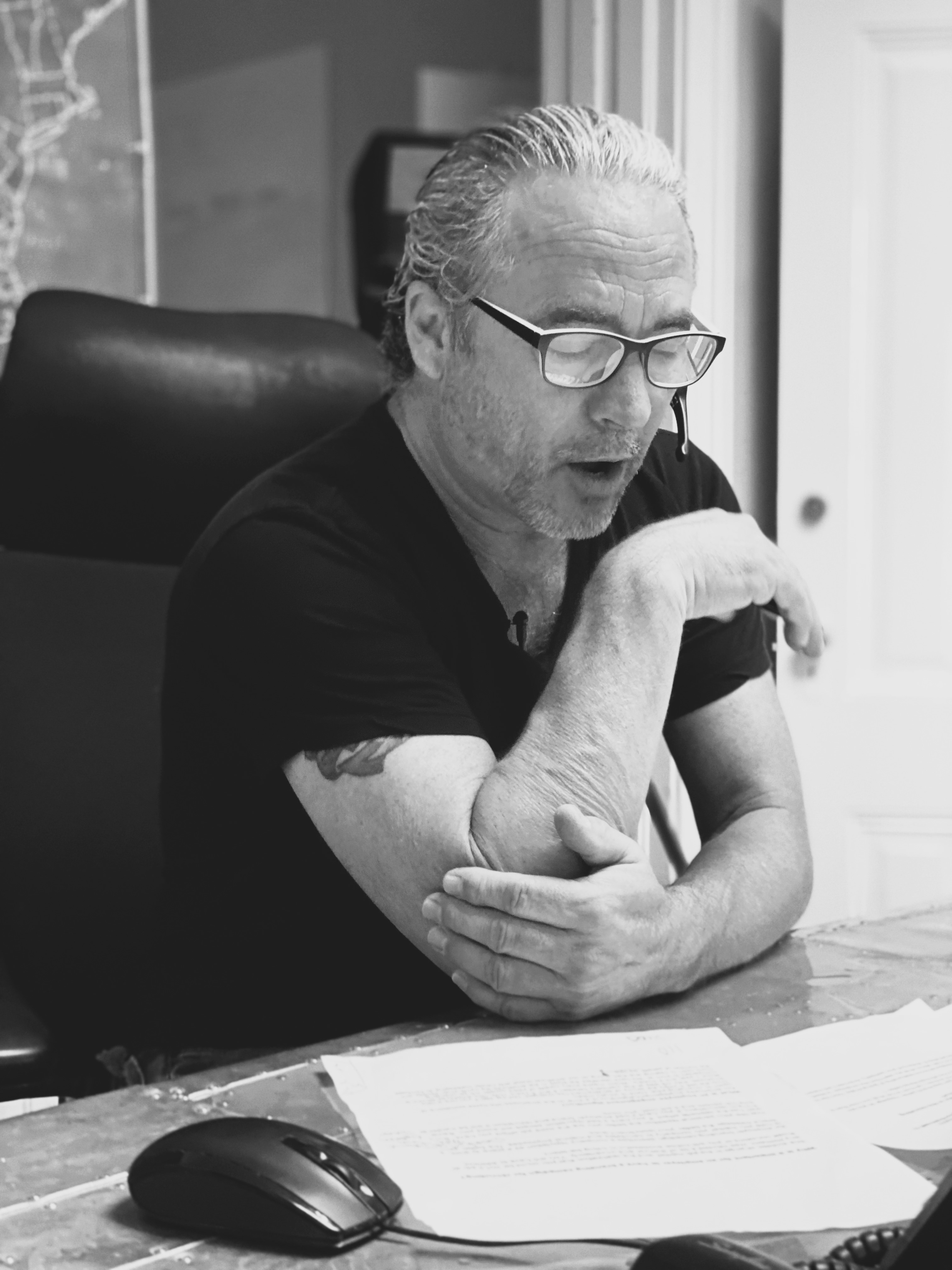
HR Teams Using Multiple AI Agents See Shocking Results
HR Teams Using Multiple AI Agents See Shocking Results
I've watched countless HR departments struggle with the same challenges for two decades: too many candidates, not enough time, and administrative burdens that pull focus from strategic work. The solution isn't just implementing AI recruitment tools—it's implementing the right combination of AI agents working together as a coordinated system.
When I first began integrating AI in recruitment, I made a critical mistake. I tried to find one perfect AI solution that could handle everything. It doesn't exist.
What does exist—and what's transforming forward-thinking HR departments—is the strategic deployment of multiple specialized recruitment AI agents that work together. This is what I call the Hybrid AI Workforce approach, and it's delivering efficiency improvements that shocked even me.
Why Multiple AI Agents Outperform Single Solutions
Most HR departments start their AI journey by implementing a single tool—typically for resume screening or interview scheduling. While that creates some improvement, it creates new bottlenecks elsewhere in the process.
A multi-agent system approach is different.
Each AI agent specializes in one specific function, similar to how you wouldn't ask your benefits specialist to also handle recruitment. When these specialized AI agents work together, they create a seamless workflow that maintains both efficiency and the crucial human element.
According to PYMNTS Intelligence, 82% of U.S. workers report productivity increases when using AI in HR. My experience shows that percentage jumps significantly when organizations implement coordinated multi-agent systems rather than disconnected point solutions.
The Four-Component Framework That Makes Multi-Agent Systems Work
After implementing these systems for organizations across industries, I've developed a framework that consistently delivers results. The most effective multi-agent HR systems incorporate four essential components:
First, workflow process automation that handles repetitive tasks. I've seen teams reclaim 15-20 hours weekly by automating candidate communication sequences, document processing, and preliminary assessments.
Second, omni-channel recruitment automation that ensures consistent messaging across all platforms while maintaining personalization. This prevents candidates from falling through the cracks while reducing the manual effort of managing multiple communication channels.
Third, an AI accountability co-pilot that monitors system performance and human touchpoints. When a candidate isn't contacted within your established timeframe, this agent alerts the appropriate team member, protecting both your employer brand and candidate experience.
Finally, recruitment analytics and measurement that continuously optimize performance. This component doesn't just report what happened—it identifies improvement opportunities and predicts future outcomes.
Best Practices For Implementation
The biggest implementation mistake I see isn't technical—it's starting too big. Instead:
Begin with your most painful process. Map it completely, identifying every step that could be enhanced by AI assistance. Then implement agents for each distinct function within that process, ensuring they communicate effectively with each other.
Maintain human oversight. The goal isn't to remove humans from HR—it's to free them from low-value tasks so they can focus on relationship building, complex decision-making, and strategy. Your AI agents should report to human team members, not replace them.
Create clear handoff protocols between agents and humans. Define exactly when and how issues escalate from AI to human intervention.
Measure relentlessly. Track time savings, error reduction, candidate satisfaction, and hiring outcomes both before and after implementation.
Real Results From Multi-Agent HR Systems
I recently worked with a mid-sized logistics company struggling with driver recruitment. By implementing a coordinated multi-agent system that handled everything from job ad optimization to application processing, interview scheduling, and follow-up automation, they achieved remarkable outcomes:
Application processing time decreased by 68%.
Recruiters spent 70% less time on administrative tasks and significantly more time building relationships with qualified candidates.
Time-to-hire dropped by 12 days while candidate satisfaction scores improved by 41%.
Most importantly, their HR team reported feeling more strategic and less overwhelmed. The system didn't replace their expertise—it amplified it.
The Future Is Hybrid, Not Fully Automated
I'm convinced that the future of HR isn't fully automated systems that remove humans from the equation. It's hybrid HR systems where AI handles routine, repetitive tasks while human professionals focus on judgment, creativity, and relationship building.
As I often tell my clients: AI is a tool, no more and no less. The value isn't in the tool itself but in how you use it.
Organizations seeing the most dramatic efficiency improvements understand this fundamental truth. They're not just implementing random AI tools—they're strategically deploying multiple specialized AI agents that work together while preserving the irreplaceable human elements of HR.
The most successful HR teams of the coming decade won't be those with the most advanced AI. They'll be those that most effectively blend human intelligence and artificial intelligence into a cohesive, coordinated system.
That's the revolution in HR tech I'm working to advance. Not replacing humans with machines, but creating systems where each does what they do best—together.

